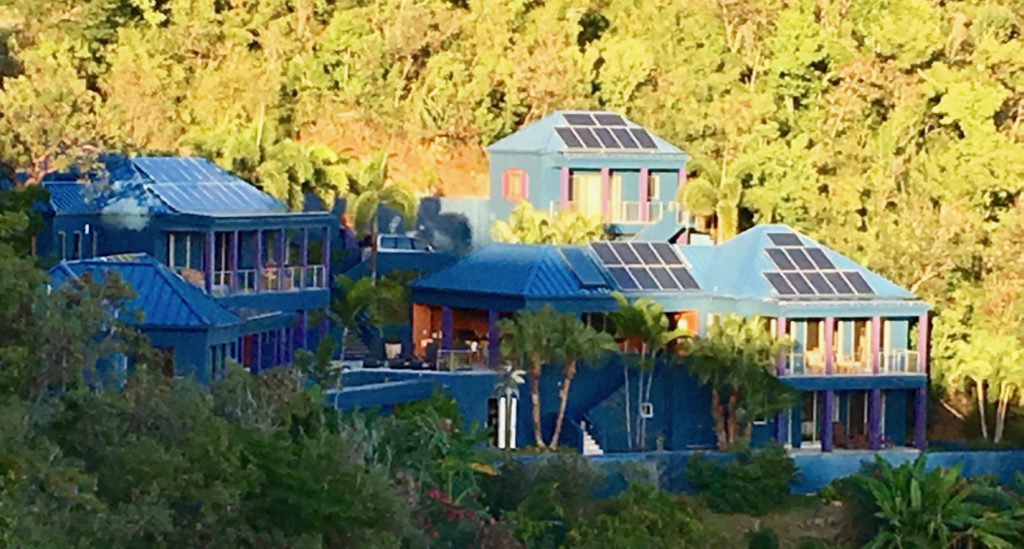
In celebration of October Energy Month, the University of the Virgin Islands has been hosting a series of webinar discussions on how Virgin Islanders can use renewable energy to “keep on the lights.” On Wednesday, ProSolar Systems Director of Operations Brian Walden discussed renewable energy systems and how they affect energy costs.
In a prelude to the discussion, the Caribbean Green Technology Center held a class on Oct. 7. The class, Renewable Energy 101, broke down the process of bringing electricity to a household. The Virgin Islands’ main energy source through the Water and Power Authority uses fossil fuels such as oil and propane to generate electricity in households. More renewable resources are better for the environment because they do not produce emissions, and also reduce dependence on foreign fuel. Distributed – instead of centralized – microgrids also can help build resilience.
Walden of ProSolar, a full-service engineering procurement company, touched on a few new programs in the territory. ProSolar has provided solar energy to households and commercial buildings in the Virgin Islands for more than 10 years. “After hurricanes Irma and Maria in 2017, we saw a huge need for people that needed some type of alternative generation, so that they were not burning diesel fuel continuously,” Walden said.
In the webinar, Walden explained how solar energy is converted from “DC,” or direct current, into “AC,” alternate current. Viewers were guided to the Virgin Islands Energy Office’s website for some announcements.
The closing of the Virgin Islands’ Net Energy Meter Program back in June of 2017 resulted in a void in sustainable renewable energy policy in the territory for the last three years. According to the Energy Office and Walden, with the rollout of the Net Energy Billing Program, that void will be filled.
The new program aims to help develop a balanced compromise between the utility and individuals interested in installing “distributed energy resources,” like solar, battery storage and wind to their home or business. All grid-connected systems, which were a part of the old program, are expected to integrate into the new system.
The NEB program is designed to allow homeowners to install a solar system in their homes while remaining connected to WAPA. Customers will then have the ability to sell the excess solar power they generate for a credit on their electricity bill. According to the Net Energy Billing Program manual, “When a solar system produces electricity, it first goes to the house to power whatever is running; this is called self-consumption. If the system produces more electricity than the home needs, the rest will go back into the electric grid; this is called excess generation.”
For those who are interested in investing in solar panels, “The average cost in the United States is $3 a watt, but in the Virgin Islands, there is a much higher cost and a much smaller market so it will cost generally between $3 and $4 a watt for the solar portion. It is a healthy investment that is over $10,000,” Walden said.
Director of the Energy Office Kyle Fleming is expected to offer more in-depth information when the new program rolls out on Oct. 26. Viewers will be able to tune in on the Caribbean Green Technology Center’s Facebook page.
For a full calendar of events for October Energy Month please visit the Caribbean Green Technology Center’s website.


